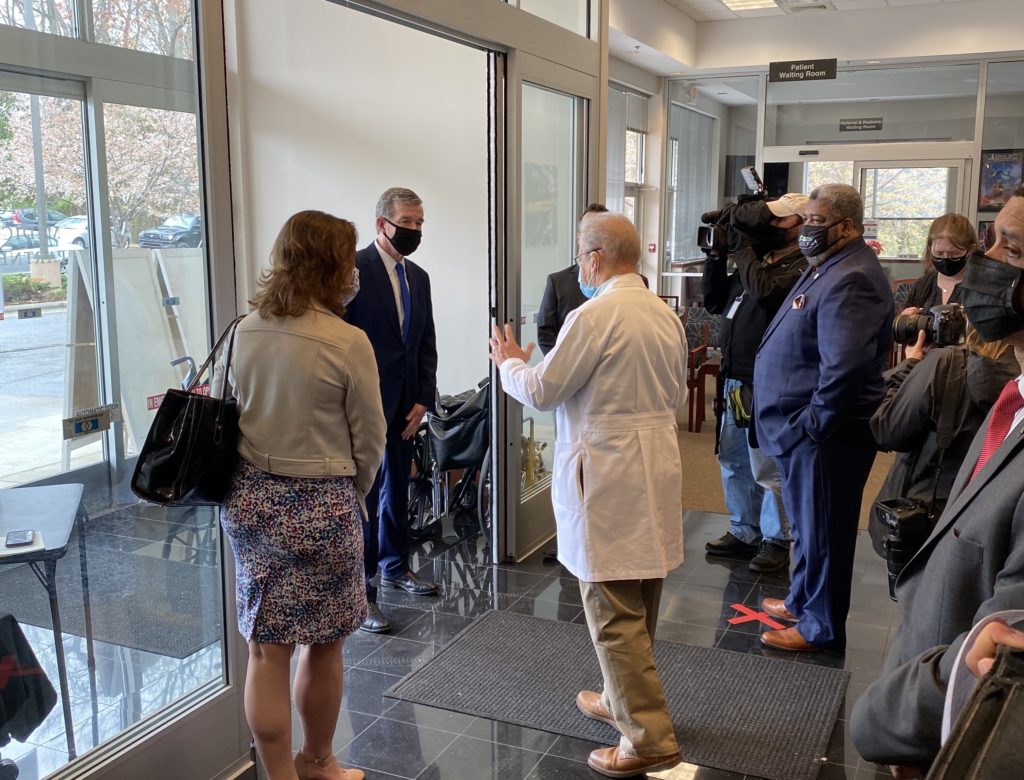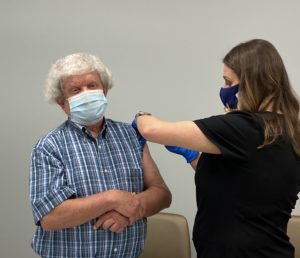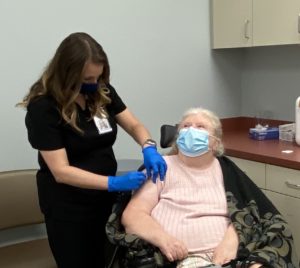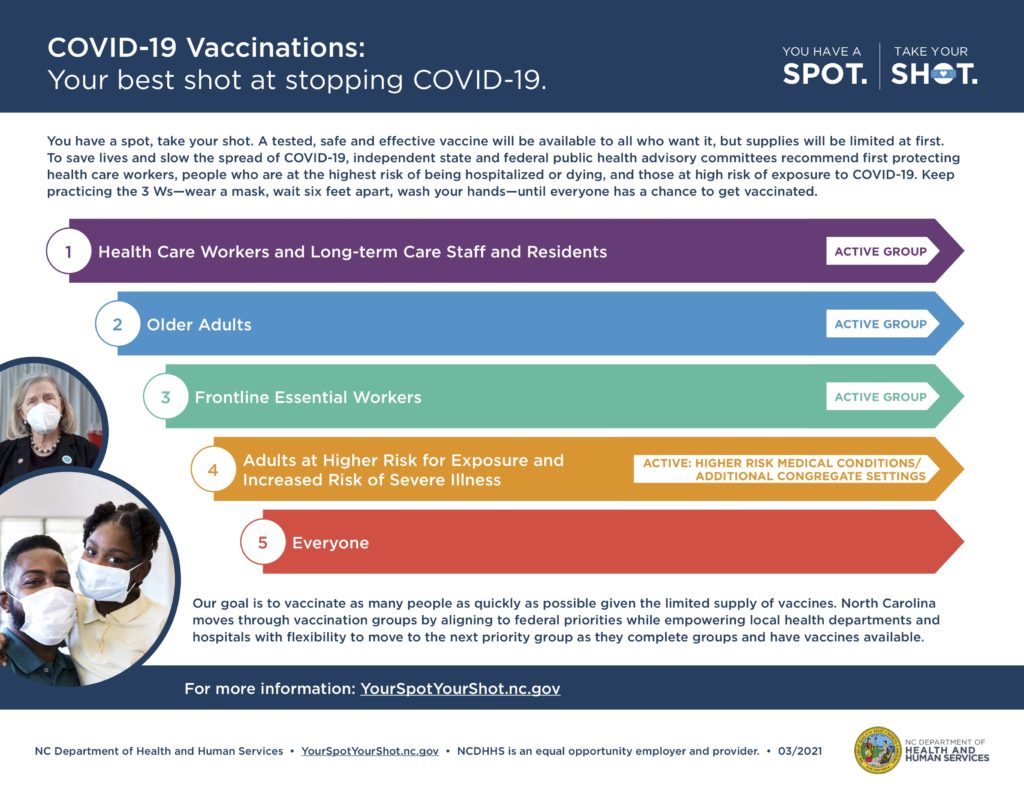“I love sleep. My life has the tendency to fall apart while I’m awake, you know?”
– Ernest Hemingway
It’s something we’ve been told all our lives–get a good night’s sleep. And considering we spend over one-third of our lifetime either sleeping or trying to fall asleep, there must be good reason.
Turns out that good sleep habits, also known as sleep hygiene, can help protect your overall health. The Centers for Disease Control and Prevention (CDC) have found that not getting enough sleep can put you at risk for a variety of health issues, such as obesity, high blood pressure, heart disease, stroke, type 2 diabetes, problems with mental health, and even contribute to an early death. But how many hours of sleep a night do you really need and what constitutes good sleep hygiene? The physicians at Gaston Medical Partners are here to break it down for you.
The Numbers
The recommended amount of sleep per night varies with age, with children requiring more to support their growing bodies and developing brains. The Mayo Clinic provides these guidelines:
Newborns 14-17 hours/day
12 Months 10 hours/night with 4 hours of naps
2 Years 11-12 hours/night with 1-2 hour nap
3-5 Years 10-13 hours/night
6-13 Years 9-11 hours/night
14-17 Years 8-10 hours/night
Adults 7-9 hours/night
Sleep Hygiene
No one likes to feel tired or low-energy during the day, but what can you do to make it easier to fall asleep (and stay asleep) at night? Incorporate these suggestions to help establish healthy sleep habits (aka sleep hygiene):
- Designate your bedroom for sleeping only. Do not bring in electronics, as they can be a distraction. Make sure your room is optimal for sleeping, dark and quiet enough to make you zen, and at a comfortable temperature.
- Establish a bedtime routine, where you go to sleep at the same time each night, and wake up at the same time each morning (try not to deviate from this too much on the weekends). This helps train your body, which thrives on consistency.
- Stop using electronics 30 minutes before bedtime to allow your eyes to adjust.
- Your overall activity level can impact your sleep patterns–try to be active during the day so your body is ready for a rest at night.
- If you find that you come up with your best ideas (or rehash every worry) at night, keep a journal by your bedside to jot them down to address the next day. Knowing that you won’t forget them should help put your mind at ease and shut off these thoughts.
- There are going to be those nights where you just can’t seem to fall asleep. If it’s been over 30 minutes of tossing and turning, it’s okay to get up and leave the room to do something else for a bit. Then try to sleep again once you feel tired. Remember to dedicate the bedroom to sleep.
- You are what you eat. It’s hard to fall asleep if you go to bed hungry or if you’re too stuffed from eating a late dinner or snack. Try to avoid caffeine late in the day and alcohol before bedtime.
- While we all may long for our childhood days when we were forced to nap, it’s not always the best idea as an adult. Sneaking in a nap longer than 30 minutes can wreak havoc on your sleep schedule. If you really need that nap, keep it to 30 minutes and earlier in the day for the least amount of disruption.
- Don’t get into bed until you feel sleepy.
If you struggle with getting a good night’s sleep and don’t feel like you adhere to any of the above, try not to feel overwhelmed or discouraged. Making even one or two of these changes to your routine can have a positive impact, and you can always add more changes as you feel comfortable. Sleepless nights are no laughing matter, and your primary care doctor is available to discuss a more customized approach. Now rest and repeat.




